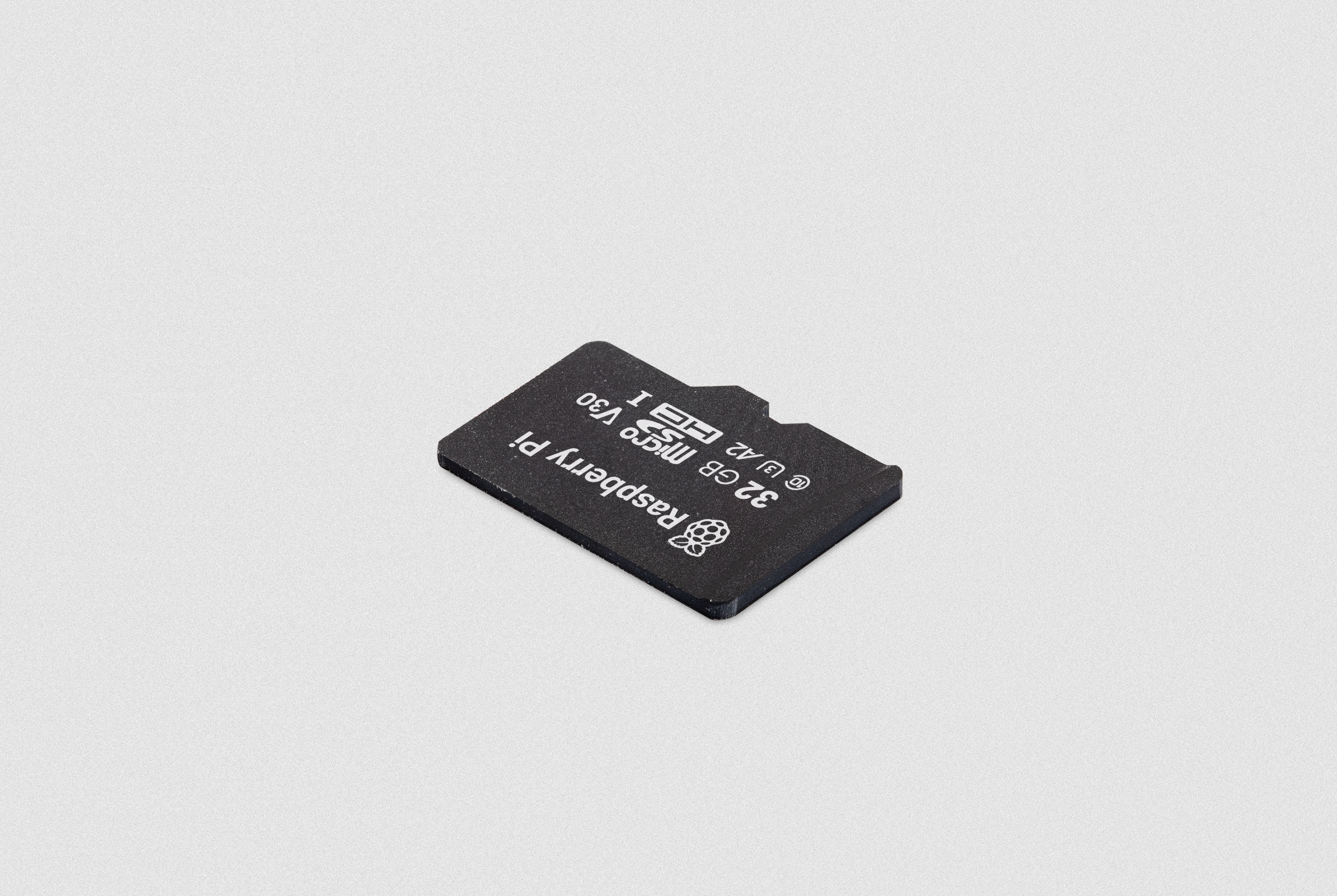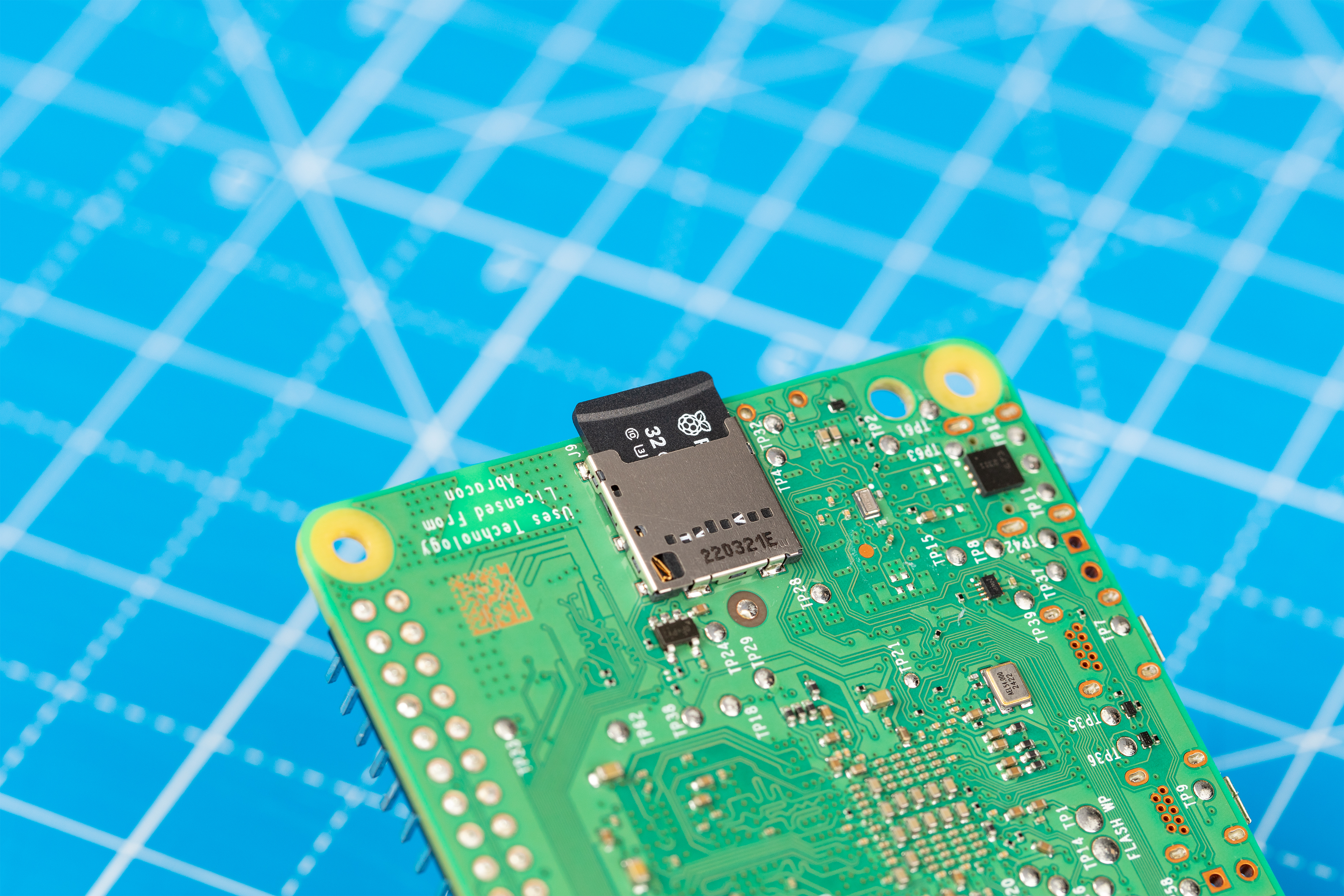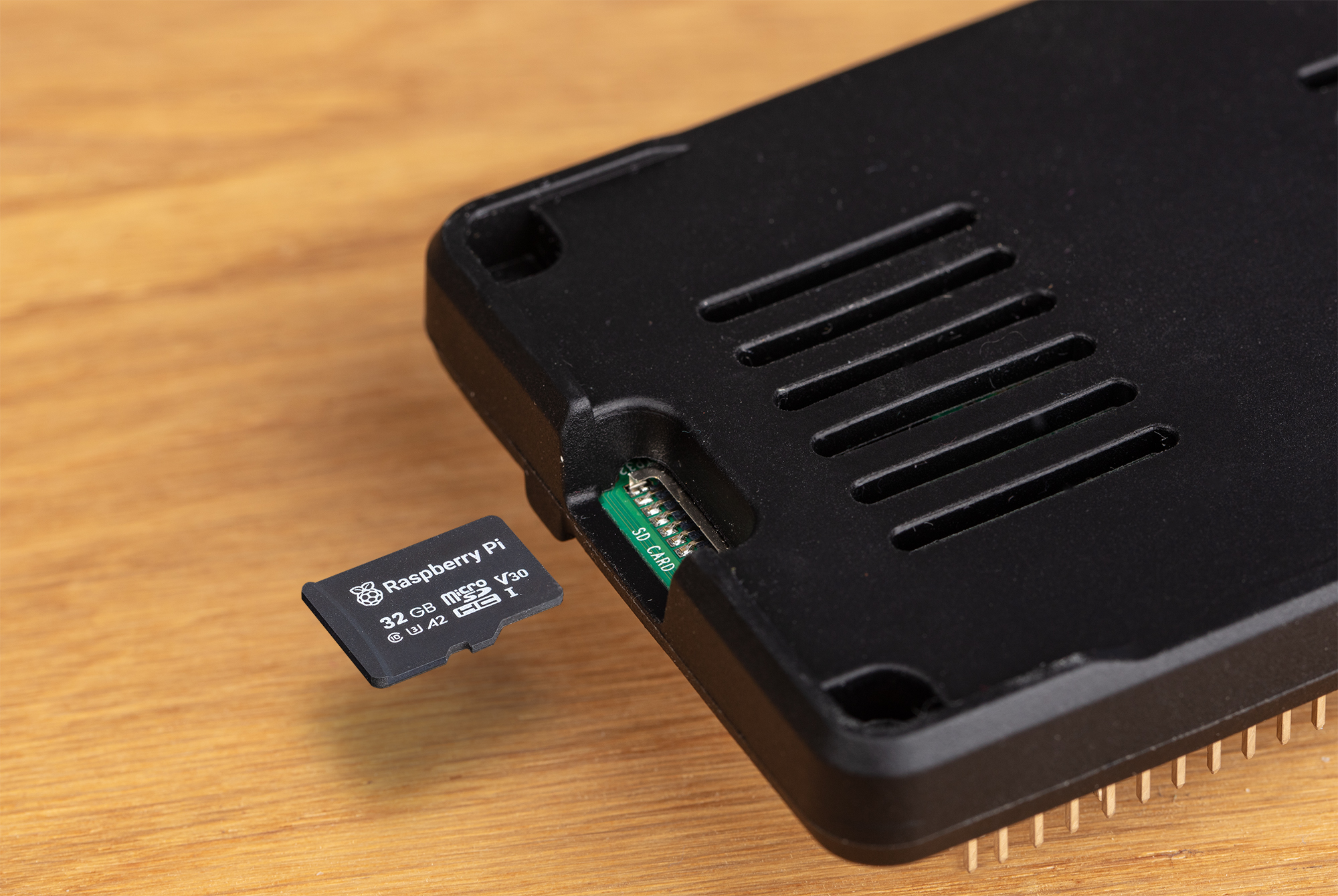Raspberry Pi release faster, branded class A2 micro SD cards and 'bumper' case for Raspberry Pi 5
Faster micro SD cards and a 'bumper' to protect your Pi 5.

Raspberry Pi has another surprise announcement just a week after releasing the Raspberry Pi AI Camera Kit but this time we get two new products at once! Raspberry Pi has announced its "own range of high-quality, low-cost Raspberry Pi SD Cards" and a Raspberry Pi Bumper, a silicone bumper base for the Raspberry Pi 5.
Raspberry Pi SD Cards




| Capacity | 32GB, 64GB, and 128GB |
| Speed Class | C10, U3, V30, A2 |
| Random 4KB Read Performance | 3,200 IOPS (Raspberry Pi 4, DDR50) 5,000 IOPS (Raspberry Pi 5, SDR104) |
| Random 4K Write Performance | 1,200 IOPS (Raspberry Pi 4, DDR50) 2,000 IOPS (Raspberry Pi 5, SDR104) |
The Raspberry Pi branded cards are made by Longsys, and were tested by running over 100,000 "surprise power cycles" while under a heavy I/O load. These faster cards offer exceptional random read and write throughput when compared to other third-party cards. Putting the Raspberry Pi brand on a range of Class A2 cards provides customers with assurances as to their quality and suitability. When used with the Raspberry Pi 5, these 32GB ($10), 64GB ($15), and 128GB ($20?) micro SD cards use SDR104 bus speeds to offer the best performance, but they will also work with older models of Raspberry Pi. The cards can come pre-loaded with the latest Raspberry Pi OS, or blank ready for flashing. Expect to pay a little extra for cards with a pre-loaded OS.
The Raspberry Pi 5 introduced support for Class A2 micro SD cards and Command Queueing (CQHCI Command Queueing Host Controller Interface). Previously, SDHCI (SD Host Controller Interface) provided a standardized interface specification for communication with SD cards. The SDHCI resides inside the Broadcom application processor. CQHCI takes over from the SDHCI when a suitable card is detected, such as the new Raspberry Pi branded cards. The new interface has new commands, which the controller will queue, order, and run. This means that some of the responses can be buffered, before being written to flash. What does this all mean? Raspberry Pi says "By allowing it to effectively “see into the future”, command queueing lets the flash controller hide more of the latency associated with accessing disparate NAND flash pages. This results — at least in theory — in better throughput for random I/O workloads of the sort generated by Raspberry Pi OS."
The Raspberry Pi 5 is the best way to get the most performance from these cards, but the non Command Queueing performance is said to be impressive on older Raspberry Pi single board computers.
Tom's Hardware has requested some cards for review and we expect that they will appear on our best micro SD cards for the Raspberry Pi page.
Raspberry Pi Bumper



We did not see this coming! The second product released today is a $3 silicone bumper base that snaps onto the base of the Raspberry Pi 5 and protects the edges of the Pi. "But what about access to the power button?" we hear you cry. Fear not, as the custom-designed bumper provides access to the button. The silicone base also means the Raspberry Pi 5 will not slip and skid around your desk.
We've also asked Raspberry Pi for a bumper for a full review on Tom's Hardware. Quite how we can review a bumper remains to be seen, but we shall endeavor to cover all of its features.
Get Tom's Hardware's best news and in-depth reviews, straight to your inbox.

Les Pounder is an associate editor at Tom's Hardware. He is a creative technologist and for seven years has created projects to educate and inspire minds both young and old. He has worked with the Raspberry Pi Foundation to write and deliver their teacher training program "Picademy".
-
usertests I wonder if they will ever adopt SDUC and/or SD Express (requiring newer components, and adopting standards that are on shaky ground in the market).Reply
What is the silicone base for? Is it an alternative to using a case, or does it replace the bottom of the plastic case?